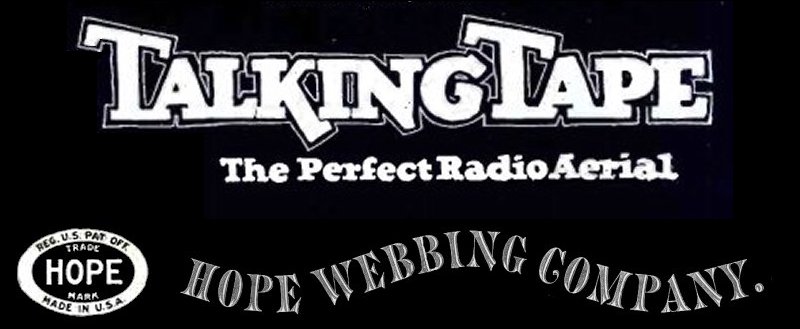
© 2017 WebRightServices.net


                                                                                                                                                          |
 
The Hope Webbing Company was established in 1883 and grew quickly. It started with a ten-loom mill on Sprague street, Providence, for the manufacture of narrow woven fabrics of cotton, wool and silk. The partners were both practical mill men, and not unfamiliar with each other, they having been associated with the firm, Vaughan & Greene, Mr. Steere in the manufacturing, Mr. Sisson in the managerial department of the operations of that firm. Each had shown his ability in his own department, Mr. Steere having demonstrated inventive genius and mechanical skill, Mr. Sisson having risen from clerk to general superintendent. Thus the firm was well balanced from the start, a condition which insured success. The little ten-loom business increased in importance each year until, in 1889, The Hope Webbing Company was incorporated, a large mill at Pawtucket erected, and the business removed thereto. Further expansion followed, and a great business developed in narrow woven fabrics. The great mill, the largest of its kind in the country, was completed in 1907, and a great part of the special machinery in use later was built from designs and patents produced by Oscar A. Steere, who was superintendent of the plant from its very beginning. The original capitalization of the company was $100,000, but this later was increased to $1,000,000. As treasurer of the company from 1889 to 1909, as manager from 1909 to 1915, and president from 1915 to 1917, Mr. Sisson was the active mover and responsible head of the company which owned and operated the largest mill of its kind in the United States. 1 In 1917 Hope Webbing reincorporated in Massachuetts but their plant was located in Pawtucket RI. Capital stock was authorized for $2,000,000 common in September 1919, increased gtom $1,000,000, $750,000 7% cumulative preferred; par value $100. No bonded debt. Stock transferred at Frist National Bank. Boston. Registrar, Merchants Bank, Boston. Dividends at rate of 6% had been paid continuously up to July, 1, 1914, inslusive; resumed May 1, 1915, at the rate of 6%, and increased to 8% per annum beginning November 1,1916; payments quarterly, F.M.A.& N.I. Date of statement, December 31,1918. Officers were Joseph R McIntyre, president and general manager; Attmore A Tucker, secretary and buyer; Chas C Marshall, treasurer. Directors: Joseph B McIntyre, Charles A Horton (Inventor of the Talking Tape), Attmore A Tucker, George M Parks, Frank C Nichols, all of Providence, RI; O G Wood, Clifton H Dwinnell, both of Pawtucket, RI. General office was at 1005 Main Sreet, Pawtucket. 3 Production and Equipment; Narrow woven and braided fabrics; 1000 narrow fabric looms, 250 braiders; dye, bleach and finish: boilsers, electric power. Employ 1200. 3     In the 1920's they started advertising a very unique radio antenna called "Talking Tape". The antenna was a strip of fabric with wires woven in and could be incoporated into things like curtains. Although a good idea, after a flurry of ads in late 1924 and early 1925, I have found no more. The company however is still in business, still in Rhode Island. Now named Hope Global.
|